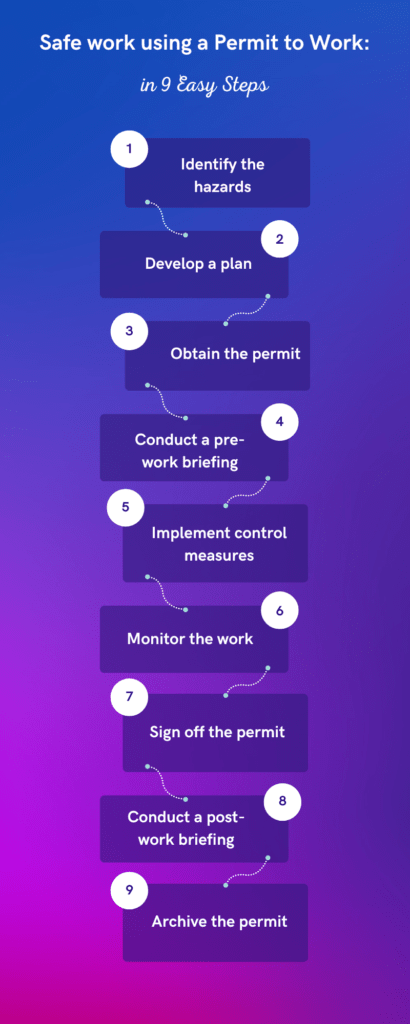The Future of Safety Audit System
Safety becomes the essential factor of any organization in the dynamic work environment ensuring the health and safety of the workers at the workplace with higher safety compliance is the prominent role of the employer towards his employees.
The secured safety work environment creates encouragement for employees to work effectively. This inspires the employer to ensure health and safety of workers at the workplace which leads the employer to implement safety measures to avoid risk and improves efficiency,productivity of the organization.
Safety audit is the user-friendly technique used to analyze and simplify the audit procedure of the safety management system. It promotes streamline safety solutions for the manual audit processes.
What is safety audits?
Safety Audit management system is the systematic process used to analyze, evaluate the risks, hazards or incidents/accidents at the workplace to fix up safety procedure programs to be followed in an organization.
Safety audits mainly concentrate on reviewing the implementation of safety programs in organizations to avoid serious injuries at the workplace by identifying the gap between the safety program and setting up the corrective measure if any gaps are found in performing safety programs.
Types of Audit:
- Management Audit: Management safety audit mainly focuses on the rules and policy of organization with Occupational Safety and Health Administration standard considering both the compliance and program audit by evaluating compliance reviews and safety program in the company.
- Compliance Audit: Compliance auditing is done by an auditor to evaluate the compliance of safety measures in the company by reviewing records maintained, safety regulation programs and employee training and engagement towards compliance. If any company or employee found non compliance then penalties will be levied by OSHA.
- Program Audit: Program Audit is done to identify the compliance of safety audit program done accurately if any fault found in conducting safety program it leads the company to take instant corrective action.
Manual Process of Safety Audits
Manual process of safety audits requires the auditor to inspect the data recorded regarding the compliance of the safety environment in an organization. It is paper based work where all the incidents are recorded and reported in the paper files. The auditor’s work is to inspect each and every paper file and fix up the corrective measure.
It is a time consuming, costly process sometimes placing corrective action might be disregarded if wrong information is recorded. For instant corrective action with cost effective process safety audit digital software solutions are implemented in the organizations.
Digital solution of Safety Audits:
Safety Audit Software is the tool and technique used to make auditing an easier and more efficient process mainly focused on internal audit. Audit management software eliminates paperwork and reduces the cost for hiring an auditor for the work of auditing.
Digital safety audit software helps organizations to manage internal workflow cost effectively and it is the time saving software tool that prevents difficulty in handling and maintaining paperwork.
Benefits of embracing digital solution Safety Audits:
- Mobile Application: Mobile safety inspection app enables the auditing work done efficiently whenever and wherever required accessible through internet connection.
- Easy Checklist: Easy checklists can be created as per the requirement of the company it promotes quick work accomplishment.
- Customized Audit Assignment: Customized scheduled audit assignment enables to receive notification of timely scheduled work audits and accountability of completed activities.
- Smart corrective actions: Smart corrective action with active monitoring systems about the safety compliance and employee training.
- Automatic report generation: The reports are automatically generated by facilitating the real time dashboards about what activities need to be performed and completion enables updating real time status reports.
- Timely reminder: Safety Audit software facilitates the organization to get the timely reminder for audits when to be conducted to ensure the safety concerns towards workers.
CONCLUSION
Safety Audit Software Solution enables the company to perform safety compliance accurately by monitoring corrective action for the safety program to ensure the health safety of the workers to run the company efficiently by saving cost and minimizing risks.















